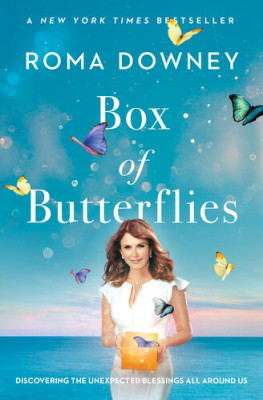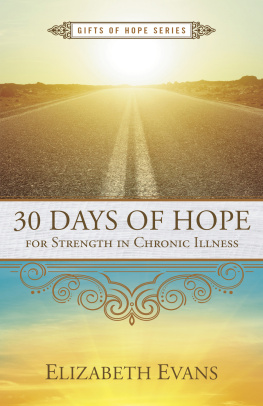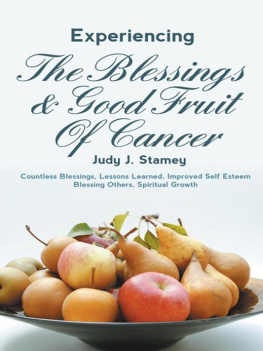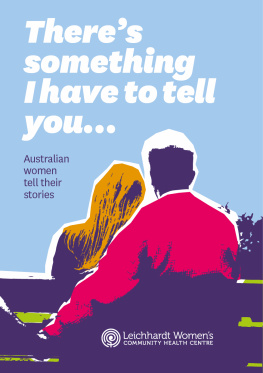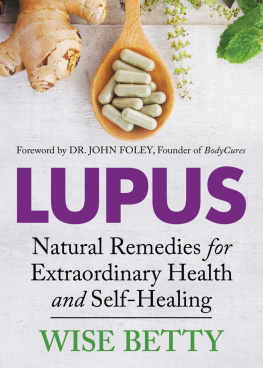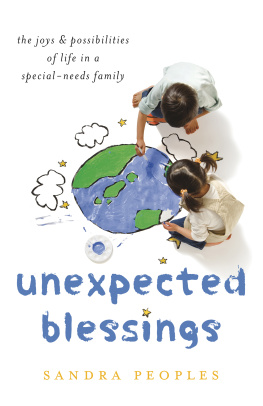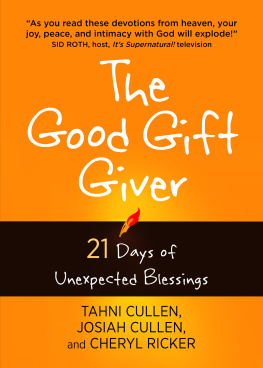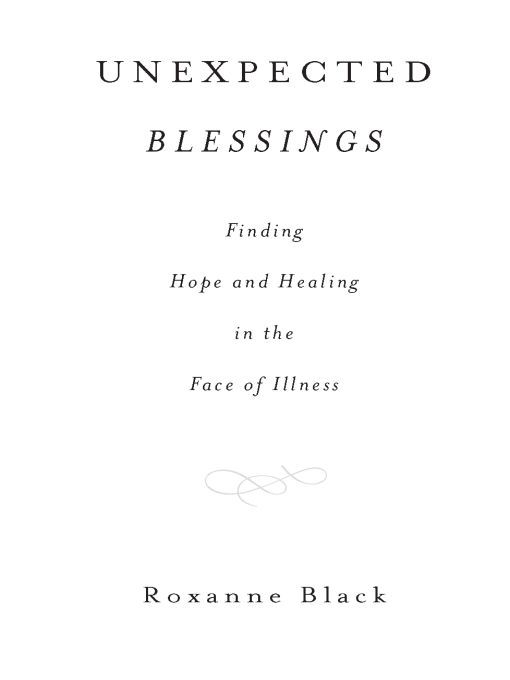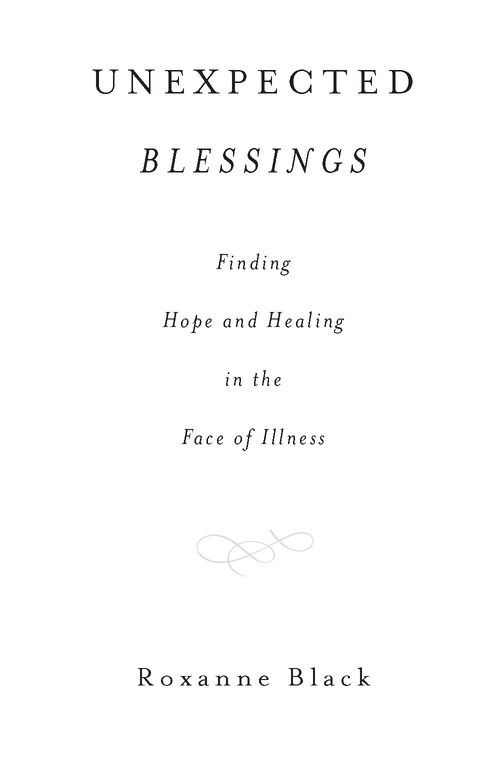Table of Contents
AVERY
a member of Penguin Group (USA) Inc.
New York
ACKNOWLEDGMENTS
This book would not have been possible without Lynn Lauber. Thank you for making this experience so wonderful. You embraced my vision with your heart and your commitment is evident in all that you have done.
To Stephanie Tade, thank you for saying yes within three minutes of our introduction, for championing the book, and for guiding me through each stage of the process.
To Beth Grossman Makes Things Happen (BGMTH), truer words have never been spoken. Thank you for being you.
To Megan Newman and the entire Avery team, you welcomed me into your family with open arms and I am most grateful. It has been a true joy to work with all of you. Megan, you believed in this book from day one, and I couldnt be happier that Avery is its home. Lucia Watson, your insightful edits help to enrich the content. Anne Kosmoski and Amanda Tobier, your PR and marketing suggestions are exceptional; Katya, Fred, and Paul, I greatly appreciate the special time you spent with me and the way you have championed this book. To all other members of the Penguin staff, I love being part of your team.
There are countless people who have walked with me along my pathduring the rocky periods and the serene. I met each of you at exactly the right time, and I thank you for the very special gifts you brought to my life. Though I am hesitant to list names, there are several key people I must recognize:
Dr. Irving Packer and the Innovating Worthy Projects Foundation; Terrance Keenan, Marco Navarro, Joe Marx, Liisa Rand and the staff of the Robert Wood Johnson Foundation, my angels John Langan and Judith Nadell, and Mimi HeringtonI will always remember all that you did to assist me.
Andrew Greene, you were the first health-care system CEO to believe in Friends Health Connection and implement our programs into patient-care services many years ago. Thank you.
I will always be grateful to CurtWeeden, Michael Bzdak,Wendy Breiterman, Jim DeVito, and everyone at Johnson & Johnson who has stood beside me and supported my work. I am proud to recognize the amazing kindness of all Johnson & Johnson staff and the outstanding contributions your corporation makes to community organizations around the world. I applaud your credo and values, and I thank you on behalf of the countless lives you continue to touch.
To everyone involved with Friends Health Connection, including our funders, contributors, board members, and incredible staff, thank you for all that you do. Nancy and Jane, it gives me such comfort to know I can count on you in every way. To the thousands of speakers who have shared their wisdom with our audiences, your expertise continues to improve lives.
To the many doctors, nurses, and health-care professionals who have contributed to my personal well-being, thank you. To my hero, Dr. Thomas E. Starzl, and the entire staff of the Thomas E. Starzl Transplantation Institute at the University of Pittsburgh Medical Center, it is an honor to be under your wings of care.
To all of the support staff at the countless hospitals where I have been a patient, I applaud you for the kindness and compassion you bestow, which often goes unrecognized. From the cleaning people who often prayed with me and sustained my spirit to the volunteers, chefs, and transport teams, with whom Ive had many an interesting conversation, to the countless hospital rabbis, chaplains, and volunteersyou uplift me.
To Krissy, a very happy 25th. Heres to many more years to come.Tracy, Ill always remember our time together on Allgair.To my family near and far, thank you for the countless times you have rallied around me with your love.
To my college roommates, who lived with me through the failure of my kidneys, five-times-daily dialysis, the start of my organization, and the procedure of my first transplant, thank you for making some of the hardest times also some of the best.... Kris, Lori, and Jodi, I will always cherish all of the laughs and memories.
And finally, to all of the patients out there, those Ive met in person and those whom Im meeting through the pages of this book, you are in my heart and my prayers. I wish you countless Unexpected Blessings.
I dedicate this book to my mother, Frances Black, who gave me life and stood by my side always.
To my sister Bonnie who granted me renewed life.Thank you for bestowing upon me such an incredible gift.
To my anonymous eight-month-old kidney donor, you live on within me. I think of you each day.
To my husband, Leo, thank you for being on this journey with me and for the joy and happiness you bring to my life. I love you.
AUTHORS NOTE
THE STORY OF THE CRANE ON THE COVER
On August 6, 1945, when the atom bomb was dropped on Hiroshima, a young girl named Sadako Sasaki was only two years old. Sadako survived seemingly unharmed until ten years later, when she was diagnosed with leukemia, which had been dubbed the atom bomb disease.
While in the hospital, Sadakos best friend, Chizuko, took a gold-colored piece of paper and folded a paper crane as a gift for her. He explained the ancient Japanese legend that if a person folds 1,000 paper cranes her wish will be granted.
In an attempt to achieve her dream of renewed health, Sadako folded paper cranes. As her health deteriorated, she changed her wish and dreamed of world peace, so that other children would not have to suffer from the effects of war.
Sadako folded 644 cranes but, sadly, she died before she could reach 1,000. Her classmates folded the remaining 356 and all 1,000 paper cranes were buried with her.
After Sadakos death, her classmates raised funds to erect a statue in memory of all children who died as a result of the atomic bomb.The statue symbolizes the wish for world peace and features Sadako holding a golden crane in her arms.
Each day, visitors lay paper cranes by this statue in Hiroshima to symbolize peace for children around the world. At its base lies a plaque, which reads:
This is our cry, this is our prayer; peace in the world.
PREFACE
A favorite gift of my childhood was a model of the human body called the Visible Man. A small, anatomical model made of transparent plastic, it revealed the bones and organs and vessels of the body. I spent hours assembling him on our dining room table, removing and replacing his meaty-looking liver and tiny adenoids, tracing blood vessels that traversed his interior like a map.
My hours with the Visible Man gave me a perspective that was different from other girls my age, who were absorbed with paper dolls and comics. After working on my model, I walked around the house as if I were wearing X-ray glasses, studying my family with new appreciation. Who would have thought that tucked under my fathers shirt were lungs and arteries? Who could have imagined that underneath my sisters casual exteriors were vital organs stealthily involved in silent, miraculous business?
The Visible Man made me believe that bodies were flawless, magnificent machines, perfectly designed. In the fascinating jumble of livers and stomachs, there were never kidney stones, blockages, or tumors. So when I was diagnosed with systemic lupus at the age of fifteen, not only was I shocked, I felt betrayed.


